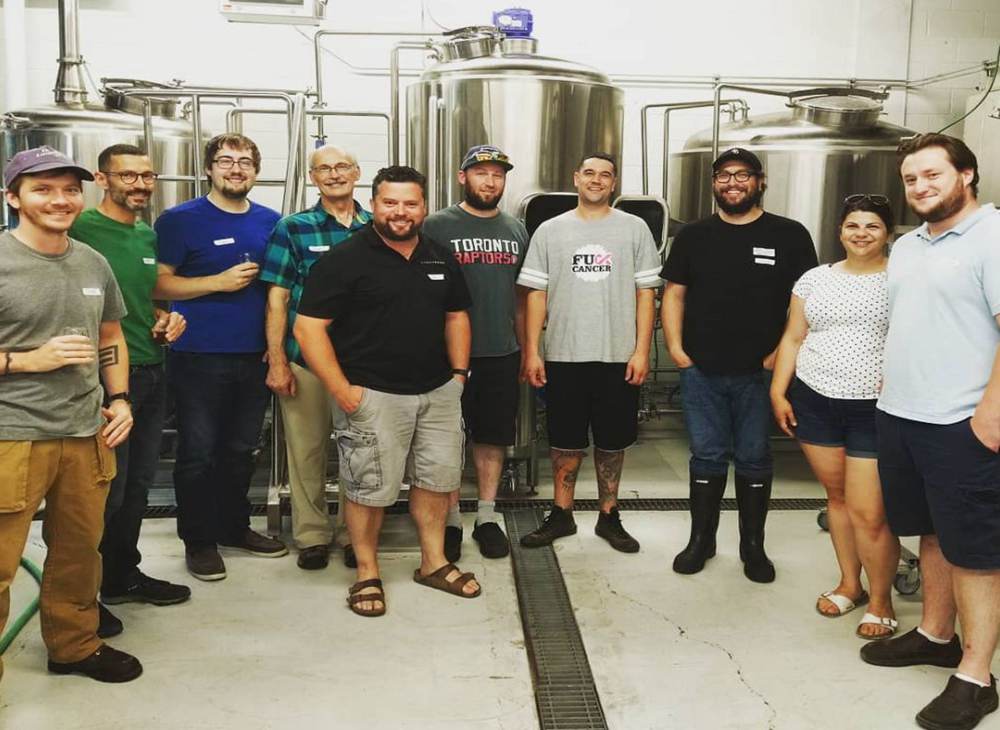
Home brewing and commercial brewing both aim to turn wort into beer, but the design and features of their fermenters are tailored to their scale of operation. Homebrewing fermenters prioritize versatility and ease of operation for experimentation, while commercial brewing fermenters focus on efficiency, consistency, and handling larger production demands.
Size and Capacity Differences
Homebrewing fermenters typically hold between 5-10 gallons, making them suitable for small, manageable portions that allow brewers to frequently experiment with different ingredients.
Commercial brewing fermenters can hold hundreds or even thousands of gallons, enabling the production of large quantities to meet market demand, with larger breweries often using tanks with capacities of 30-50 barrels or more.
While homebrewers typically produce batches of around five gallons, nano breweries start at three barrels (bbl), and larger breweries produce batches of 30-50 bbl or more, with commercial breweries able to produce significantly more beer per batch compared to home brewing.
Design for Experimentation vs. Consistency
Home brewing allows for experimentation with new ingredients and recipes, with mistakes in small batches being less costly and easily discarded, thereby encouraging creativity without significant financial risk.
Commercial brewing focuses on repetition and consistency to meet customer expectations, with successful recipes brewed repeatedly to maintain quality and flavor, and relies on automation to minimize errors and ensure uniformity.
Despite their differences, both home brewing and commercial brewing aim to turn wort into beer, with homebrewing fermenters emphasizing versatility and simplicity, and commercial brewing fermenters prioritizing efficiency and large-scale production.
Cost and Investment
Homebrewing is relatively inexpensive to set up, typically costing between $300-$500, and requires basic equipment such as coolers, plastic fermenters, grain mills, and wort coolers, with lower marketing and packaging costs making it economically viable.
Commercial brewing is capital-intensive, with fermentation tanks costing between $2,000 and $10,000 each, additional costs for converting space into a functional brewing area, and significant expenses for marketing, packaging, and taxes.
Long-term Cost Implications
Pre-owned equipment can be a cost-effective solution but must be in good condition, and additional costs for installation, maintenance, and possible upgrades should be considered. Evaluating the return on investment (ROI) is essential, as high-quality equipment is costly but can improve product quality and efficiency, potentially increasing sales. Thorough research on product specifications, customer reviews, and industry standards is crucial before making any purchases.
When setting up a microbrewery, it is important to consider not only equipment costs but also expenses related to transforming the space for operation, marketing, and packaging, which helps in creating realistic budgets through better financial planning.
Conclusion
While both homebrewing and commercial brewing aim to turn wort into beer, their fermenters differ significantly in design and functionality to meet their unique requirements and production capacities. Homebrewing fermenters are designed for simplicity and experimentation, making them ideal for creative endeavors, whereas commercial brewing fermenters are built for consistency, efficiency, and large-scale production. Understanding these differences allows brewers to choose the right equipment based on their specific needs, whether they are experimenting with new recipes at home or striving for consistent quality in a commercial setting.
Still have a problem on choosing the brewery equipment? We can help with your final decision. If you are looking for a turnkey solution for craft beer brewing system, please contact us. We are looking forward to working with you. Send an email now: [email protected]


.jpg)





Get A Quote